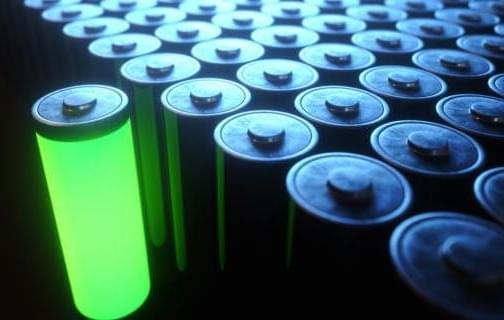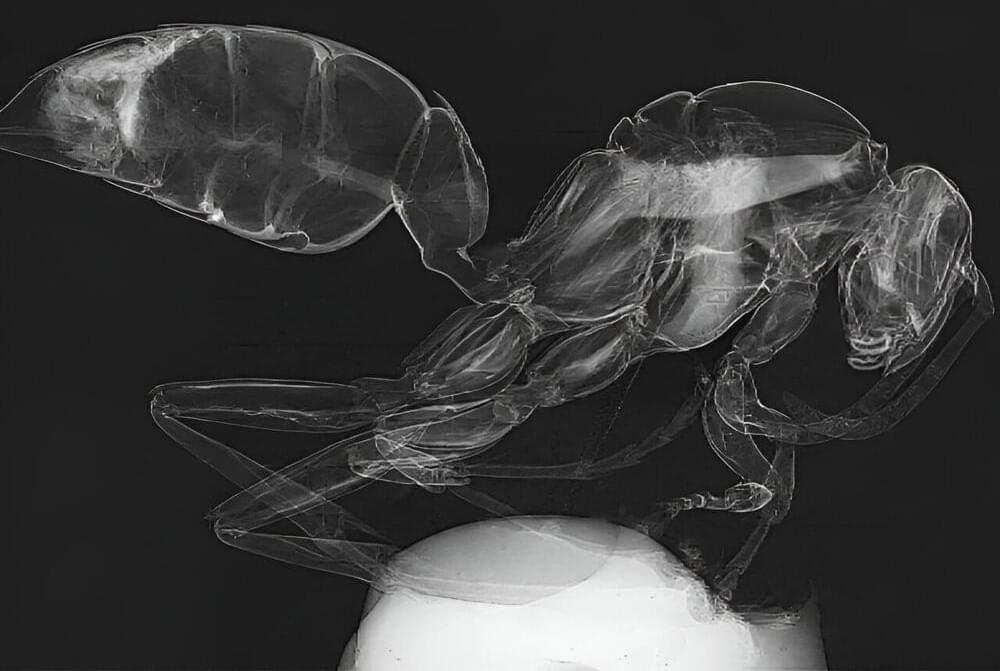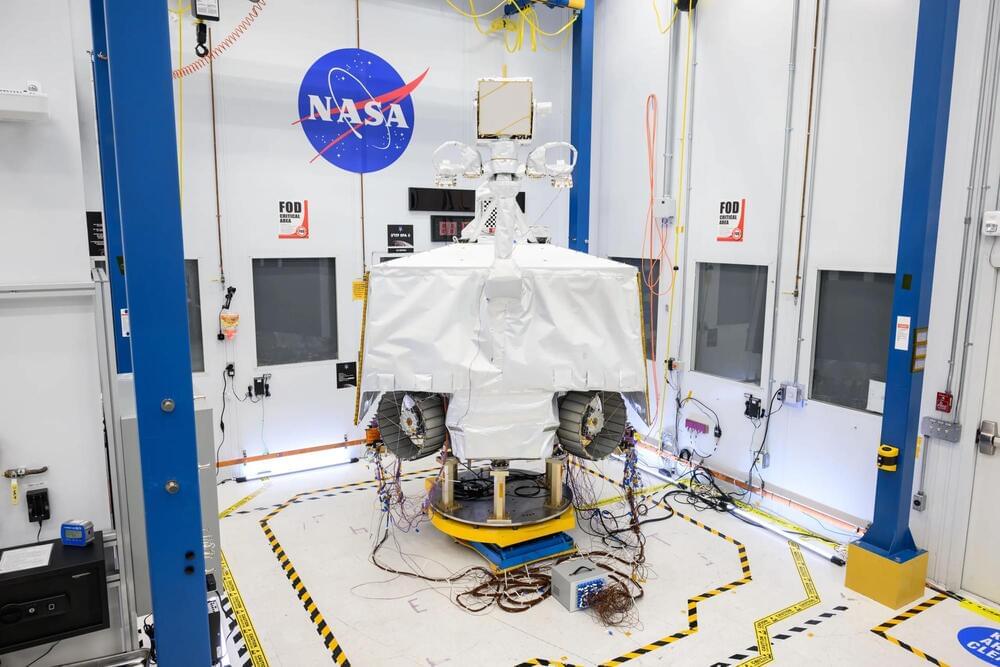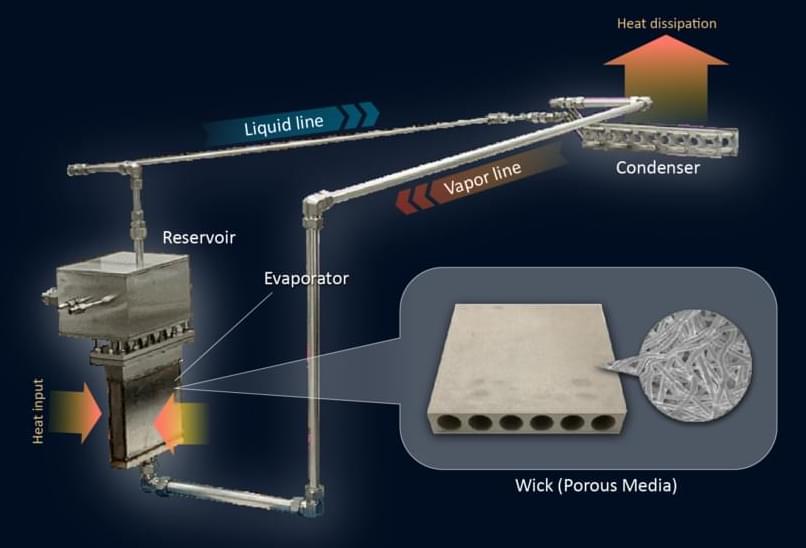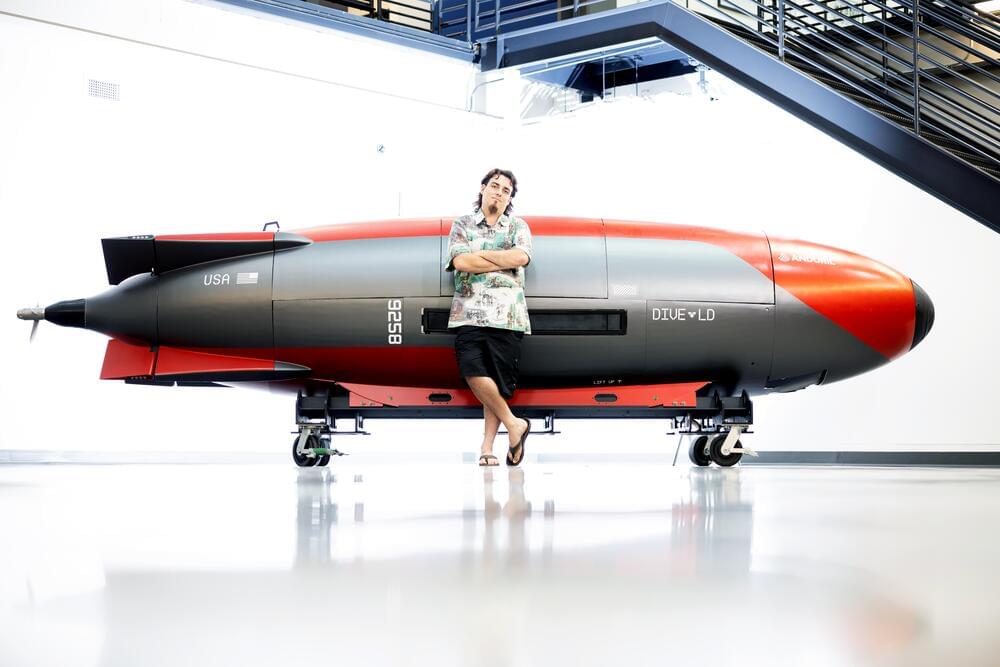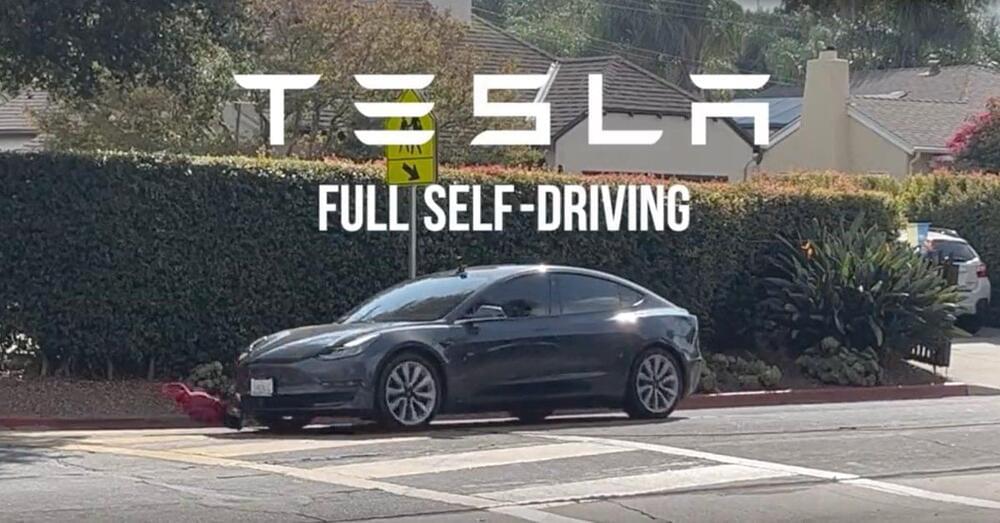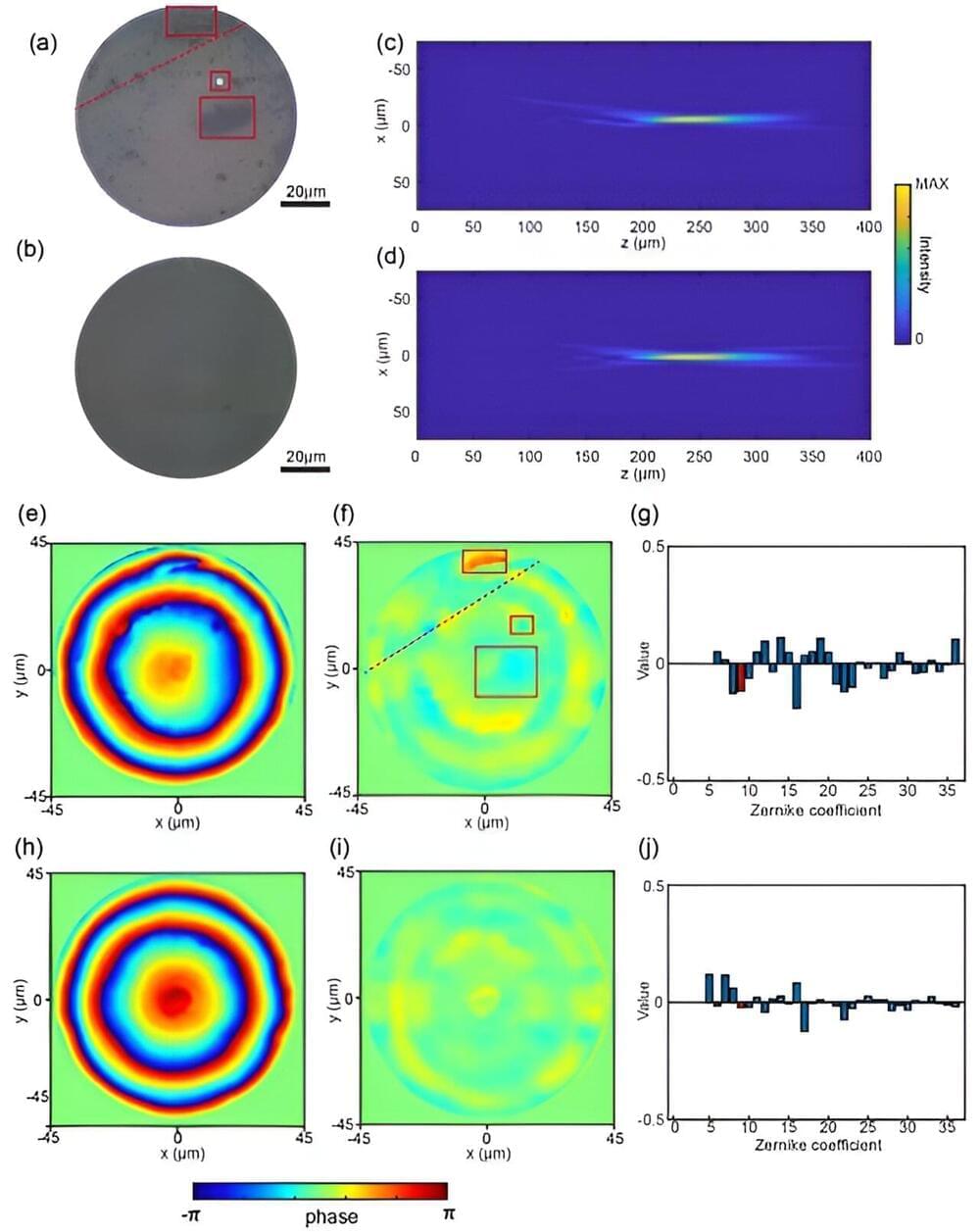Archive for the ‘transportation’ category: Page 4
Aug 16, 2024
Researchers Develop Innovative Battery Recycling Method
Posted by Natalie Chan in categories: engineering, sustainability, transportation
A research team at Rice University led by James Tour, the T.T. and W.F. Chao Professor of Chemistry and professor of materials science and nanoengineering, is tackling the environmental issue of efficiently recycling lithium ion batteries amid their increasing use.
The team has pioneered a new method to extract purified active materials from battery waste as detailed in the journal Nature Communications on July 24. Their findings have the potential to facilitate the effective separation and recycling of valuable battery materials at a minimal fee, contributing to a greener production of electric vehicles (EVs).
“With the surge in battery use, particularly in EVs, the need for developing sustainable recycling methods is pressing,” Tour said.
Aug 16, 2024
Goats, sports cars and game shows: the unexpected science behind machine learning and AI
Posted by Cecile G. Tamura in categories: robotics/AI, science, transportation
The Monty Hall Problem.
Goat or no Goat!
Matt Hodgson reviews Why Machines Learn: The Elegant Maths Behind Modern AI by Anil Ananthaswamy.
Aug 15, 2024
Novel light transport model improves X-ray phase contrast imaging
Posted by Saúl Morales Rodriguéz in categories: biotech/medical, security, transportation
Researchers at the University of Houston unveiled an advancement in X-ray imaging technology that could provide significant improvements in medical diagnostics, materials and industrial imaging, transportation security and other applications.
Aug 13, 2024
Intuitive Machines seeks to take over NASA’s VIPER lunar rover
Posted by Genevieve Klien in categories: engineering, finance, transportation
Intuitive Machines reported revenue of $41.4 million in the second quarter, more than double the $18 million the company reported in the same quarter of 2023. It had an operating loss of $28.2 million in the quarter, also more than double the $13.2 million operating loss it reported in the same quarter a year ago.
The company attributed the increase in revenue to new work, such as a NASA engineering services contract that started late last year as well as initial work on a Lunar Terrain Vehicle Services contract the company received in April.
The increased losses came from what Steve Vontur, chief financial officer, described as “non-cash impacts” to modifications to its next two lunar lander missions, IM-2 and IM-3, both flying payloads for NASA’s Commercial Lunar Payload Services (CLPS) program.
Aug 11, 2024
Revolutionizing Heat Transport with 4X Efficiency: Japanese Researchers Break World Record
Posted by Cecile G. Tamura in categories: computing, sustainability, transportation
This LHP (loop heat pipe) is unprecedented in transporting such a large amount of heat without electricity.
In a groundbreaking development, scientists at Nagoya University in Japan have created the world’s most powerful loop heat pipe (LHP), capable of transporting an astounding 10 kilowatts of heat without using any electricity. This innovation promises to revolutionize energy efficiency across multiple industries, from electric vehicles to data centers.
Understanding Loop Heat Pipes
Aug 11, 2024
Weapons startup Anduril hits $14-billion valuation, plans huge new facility
Posted by Genevieve Klien in categories: finance, government, robotics/AI, transportation
Defense technology startup Anduril Industries Inc. has raised $1.5 billion in a new funding round and plans to spend hundreds of millions on a new facility to manufacture its rockets, underwater vehicles and other autonomous weapons systems at greater scale and speed.
The deal, which values Anduril at $14 billion, is one of the largest venture capital financings of the year so far, and reflects the company’s success getting government contracts, as well as rising investor enthusiasm for defense technology companies.
Peter Thiel’s Founders Fund and Sands Capital co-led the Series F funding round, which has been in the works for more than a month. The deal nearly doubles the startup’s valuation from its previous funding round in 2022, which raised $1.48 billion.
Aug 10, 2024
Solar energy breakthrough could mean solar panels will be a thing of the past
Posted by Arthur Brown in categories: solar power, sustainability, transportation
Oxford scientists make new solar cell technology discovery which you could soon wear, stick on your mobile or coat your car with.
Aug 9, 2024
Tesla launches new bundle with 3 years of FSD, Supercharging, and premium connectivity
Posted by Genevieve Klien in categories: Elon Musk, robotics/AI, transportation
Tesla is trying something new. The automaker is offering a bundle of 3 years of subscription to Full Self-Driving (FSD) Supervised, Supercharging, and premium connectivity.
Tesla has been having issues selling its FSD package.
For years, CEO Elon Musk claimed that Tesla would keep increasing prices as the system got better, which he claims would then make Tesla vehicles “appreciation assets”
Aug 8, 2024
Metalenses phase characterization by multi-distance phase retrieval
Posted by Saúl Morales Rodriguéz in category: transportation
Metalens is a kind of optical metasurface composed of metaatoms for manipulating incoming light’s amplitude, phase, and polarization. Unlike traditional refractive lenses, metalens can modulate the wavefront from plane to spherical at an interface. It has garnered widespread attention due to its novel physical properties and promising potential applications.

